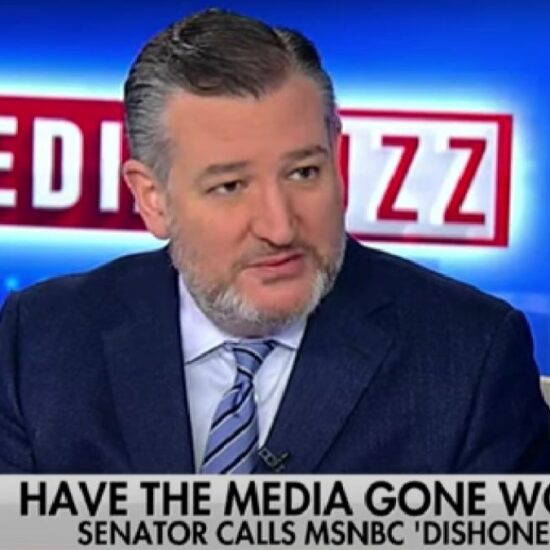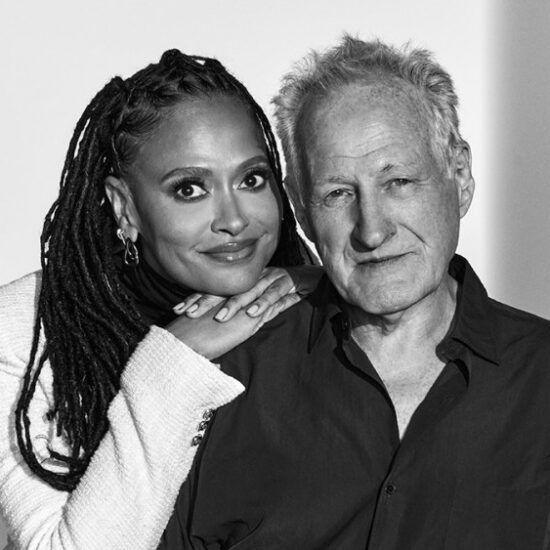
Republicans predicted a “red wave” that would crush any hopes of a Democratic majority this election cycle. But as the dust settles and vote counts wrap up, that prediction has shattered.
While Republicans saw success in states like Florida and New York, Democrats fared better in battleground states, where polls often significantly underestimated their support. On the eve of the election, FiveThirtyEight’s poll average had Dr. Mehmet Oz ahead by just half a point, only to see him lose by 4 percent in the final tally. In Michigan, the same average put incumbent Governor Gretchen Whitmer only five points ahead of her Republican challenger; but on election day, she won by more than 10 points.
Many Democratic strategists and White House officials have attributed the discrepancy to a record number of young people voting this year, a demographic that predominantly leans Democrat. Around 27 percent of Americans between the ages of 18 and 29 cast a ballot by Election Day, according to an early estimate from the Center for Information & Research on Civic Learning and Engagement at Tufts University, also known as CIRCLE.
As recently as 2014 and stretching back decades, youth voter turnout sat around 20 percent year over year. But that changed in 2018 when youth turnout spiked 16 percent, up to 36 percent total.
Not everyone is convinced. David Shor, a popular Democratic data guru, argued “there was no ‘Youthquake’” since turnout among young people declined in 2022 compared to the 2018 figures. But even if that’s the case, early exit polls show that, while young people may not have turned out everywhere en masse, they really turned out where it mattered most for Democrats. In nine competitive states, including Michigan and Pennsylvania, CIRCLE’s exit polls suggest aggregate youth voter turnout reached 31 percent, 1 percent higher than the 2018 national average.
“It’s a combination of technology and then just missing the story about what’s happening in this country.”
“It’s a combination of technology and then just missing the story about what’s happening in this country,” Max Lubin, CEO of Rise, a student-led nonprofit advocating for free college, told The Verge on Wednesday.
Robocalls and texts have increased tremendously over the last few years. By and large, pollsters rely on people picking up their calls or clicking through the links they send out over text to complete their surveys.
Americans received more than 6 billion robocalls in October alone, including nearly 25 million political robocalls and 1.29 billion political robotexts, according to RoboKiller, an app that blocks spam calls and texts.
“Young people are more astute and ignore those links more than other people,” John Ray, director of polling at YouGov Blue, told The Verge this week. “Their discipline with their devices is much better.”
Polling has evolved over the last decade to catch up with the rise of social media platforms in popularity with young people, but experts suggest firms haven’t gone far enough. Meta’s ad targeting tools have allowed polling firms to reach younger voters across platforms like Facebook and Instagram, but the service’s targeting accuracy has decreased over time, especially for iPhone users after Apple made changes to its privacy and third-party data permissions last year.
“Facebook is strongly on the decline, but it’s at such a high point and probably will be until the end of this upcoming cycle,” Ray said.
Unlike corporate marketing firms, political pollsters run on much tighter budgets with even greater demand for accurate data returns, making experimentation to reach younger audiences far more difficult. But the possibility of robocalling and texting regulations on the horizon, as well as stricter online privacy regulations, could force polling firms to adapt to more nontraditional platforms like YouTube.
“This cycle I’m telling people they need to be figuring out what their strategy is going to be for Discord, for Twitter,” Ray said. “We’re exploring more ways of recruiting people to take surveys off of the YouTube channels that they watch.”
In the days leading up to the 2022 midterm elections, Snap put out a new Snapchat lens encouraging users to answer surveys resembling exit polls that would appear in their Stories. While the surveys aren’t as scientific as those created by professional firms, the data gathered could help Snap, whose users are predominantly younger, fill in the youth polling void.
“Pollsters are stuck in an outdated mindset that young people aren’t gonna show up,” Lubin told The Verge. “And even though young people have broken turnout records between 2018 and 2020, and I expect we’ll see some record-breaking new turnout numbers this year, pollsters are stuck in this conventional wisdom.”
In states like Michigan, hundreds of students stood in voting lines for hours, circling college campuses on Election Day. Democratic Gov. Gretchen Whitmer was in a tight race against her Trump-endorsed Republican opponent Tudor Dixon. The polls had them neck and neck. In the end, Whitmer secured reelection by over 10 points, according to The New York Times.
“Polls are often wishcasting operations at this point,” Rodericka Applewhaite, communications director for the Michigan Democratic Party, told The Verge on Wednesday. “Pollsters are going to have to do a lot of soul-searching about how to stay relevant in this field.”













